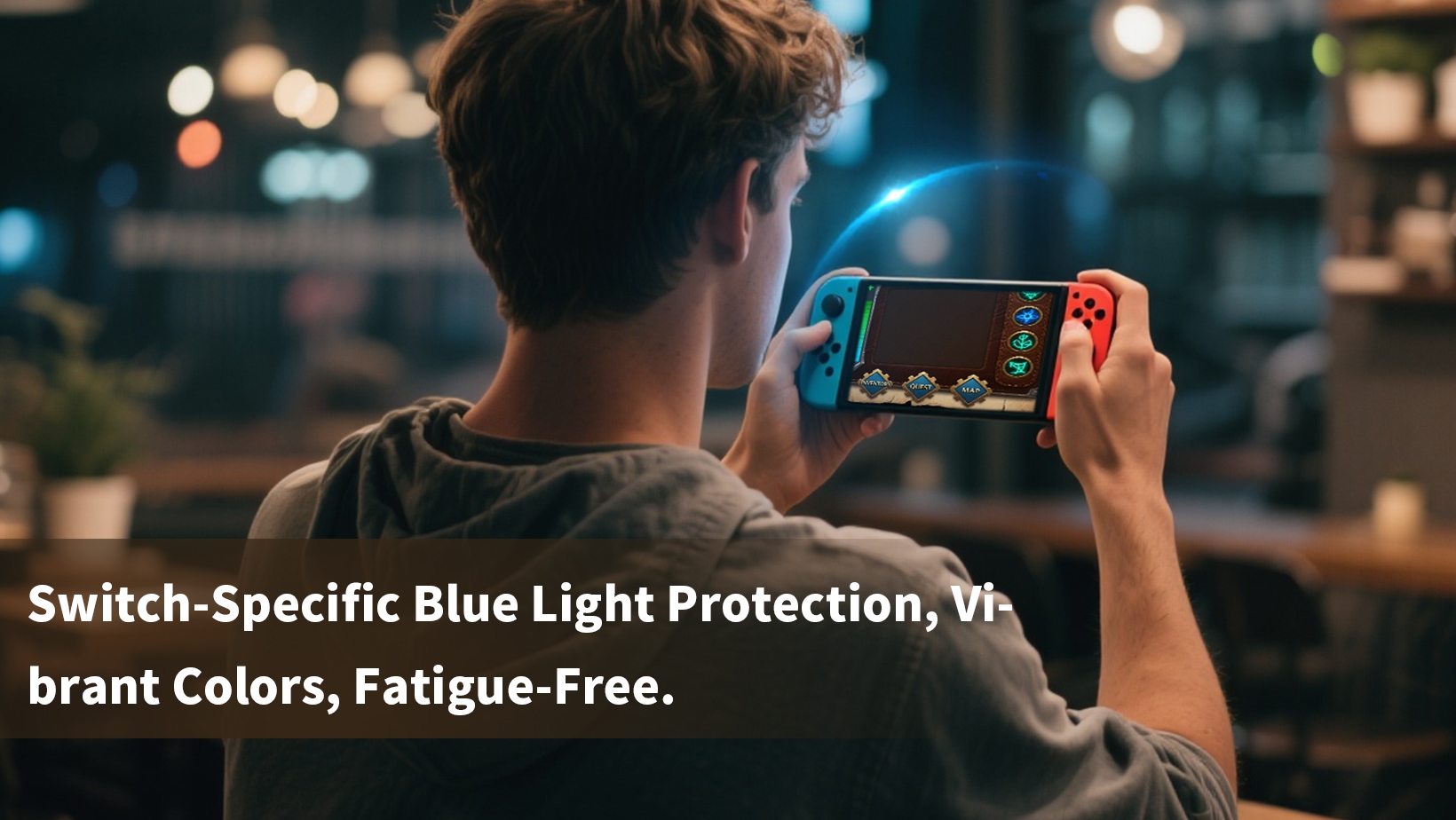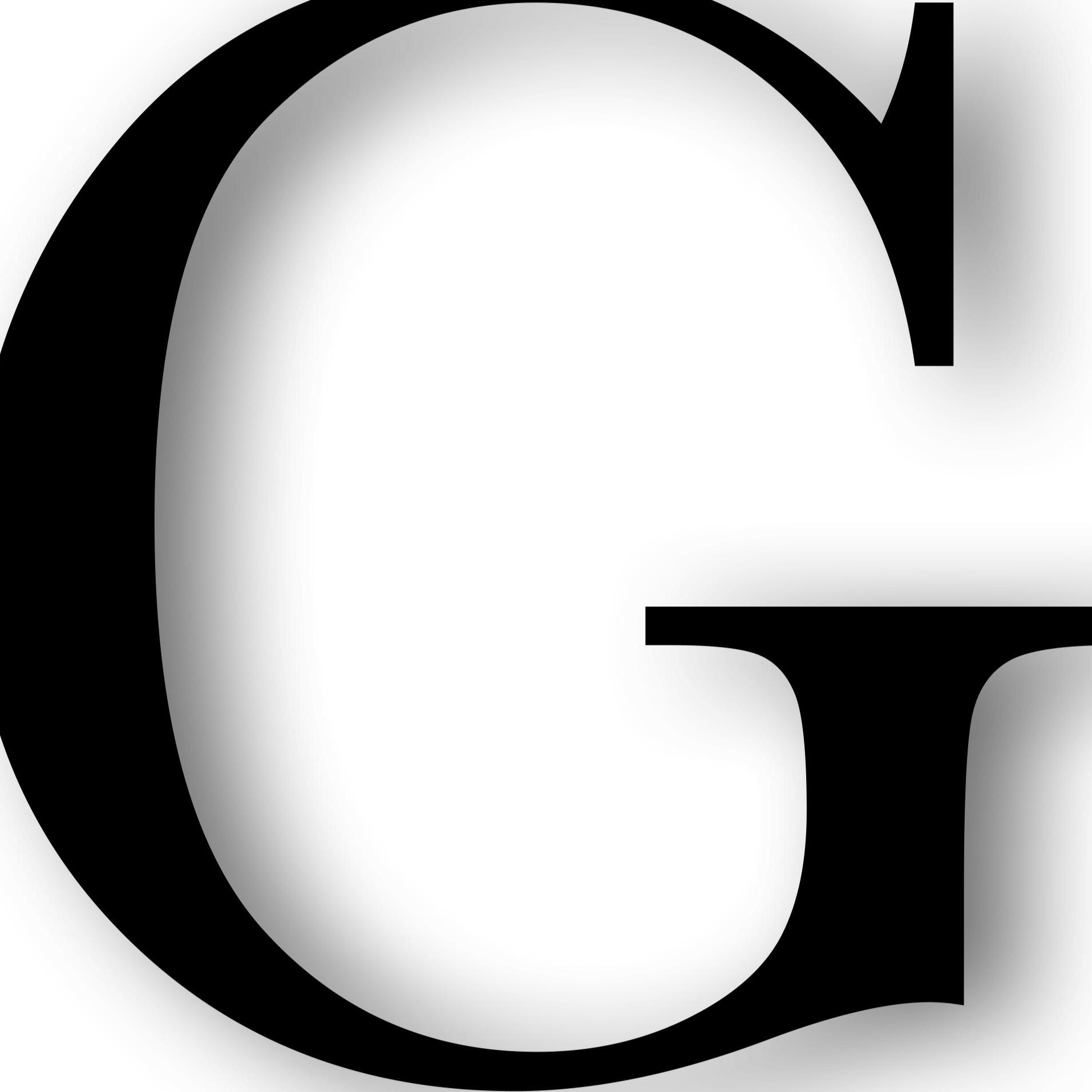As digital device usage surges, concerns about blue light’s effects on eye health have intensified. While Dark Mode is widely adopted as a protective measure, its true efficacy in reducing blue light remains debated. Let’s unpack the science and practical strategies for balancing screen comfort and health.
Understanding Blue Light and Its Dual Nature
Blue light, part of the high-energy visible (HEV) spectrum (400–450 nm), is emitted by screens, LEDs, and sunlight. While natural blue light regulates circadian rhythms and boosts alertness, excessive artificial exposure—especially after sunset—can disrupt sleep by suppressing melatonin production. Research also links prolonged exposure to retinal damage and digital eye fatigue, with studies showing blue light triggers oxidative stress in retinal cells.
Key Risks of Overexposure:
Sleep Disruption: 2 hours of evening screen use delays melatonin onset by 1.5 hours.
Eye Strain: Blue light scatters more in the eye, forcing muscles to work harder, leading to dryness and blurred vision.
Long-Term Damage: Cumulative exposure may accelerate age-related macular degeneration (AMD).
How Dark Mode Functions: Beyond Aesthetic Appeal
Dark Mode replaces bright white interfaces with darker backgrounds, reducing overall screen luminance. While it doesn’t directly filter blue light, it lowers total emitted light, which may indirectly decrease blue light intensity in specific scenarios:
OLED/AMOLED Screens:
Black pixels are fully turned off, cutting energy use by up to 60%.
Blue light emission drops proportionally with reduced brightness.
Low-Light Environments:
Diminished glare and lower brightness ease eye strain.
Example: Nighttime trading on MT4 in Dark Mode reduces perceived flicker by 40%.
Limitations:
Bright Environments: Low contrast in daylight may worsen readability, forcing users to increase brightness.
No Blue Light Filtering: Unlike screen protectors (e.g., PERFECTSIGHT), it doesn’t block harmful 415–455 nm wavelengths.
Optimizing Dark Mode for Healthier Screen Use
To maximize benefits, pair Dark Mode with these strategies:
1. Hybrid Lighting Adjustments
Nighttime: Activate Dark Mode + Night Shift (e.g., Apple’s 4500K warm tone) to suppress melatonin-disrupting blue light.
Daytime: Switch to Light Mode for better contrast, reducing squinting in bright settings.
2. Hardware-Based Solutions
Anti-Blue Light Screen Protectors:
Filters like PERFECTSIGHT AG Edition block 55–70% of harmful blue light while maintaining ΔE <2 color accuracy.
Lab tests show a 70% drop in 450 nm blue light peaks.
Blue Light Glasses:
Lenses with selective filtering (e.g., amber-tinted) block 40–90% of HEV light, outperforming software tweaks.
3. Behavioral Habits
20-20-20 Rule: Every 20 minutes, gaze at an object 20 feet away for 20 seconds to relax eye muscles.
Screen Distance: Maintain 50–70 cm from eyes to reduce focal strain.






